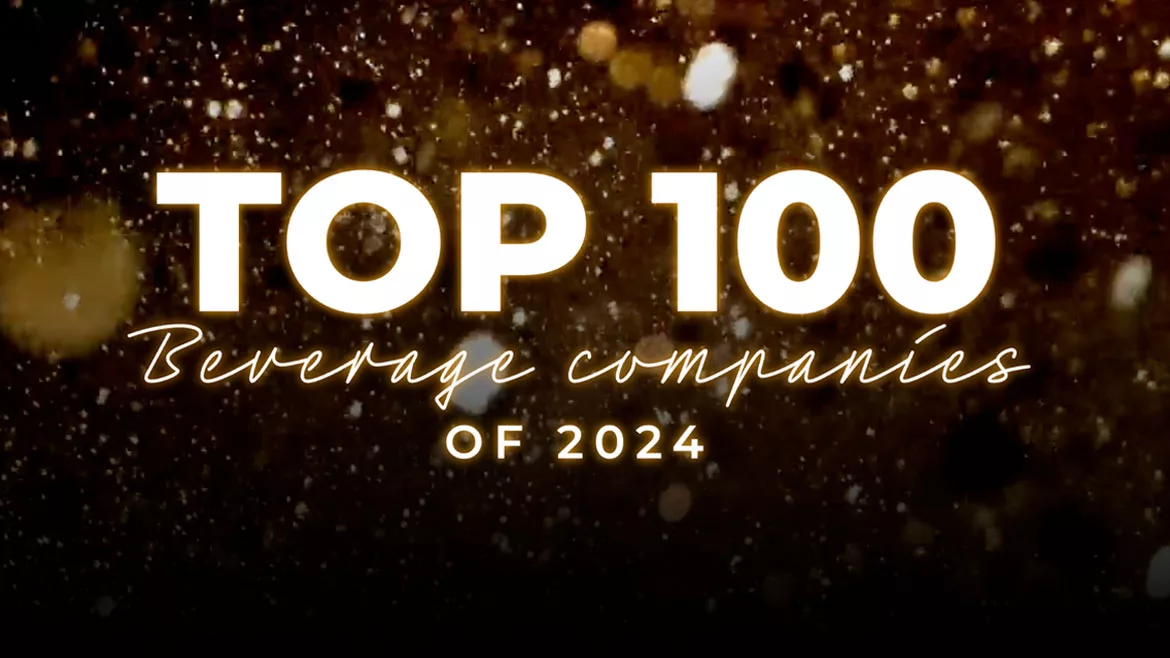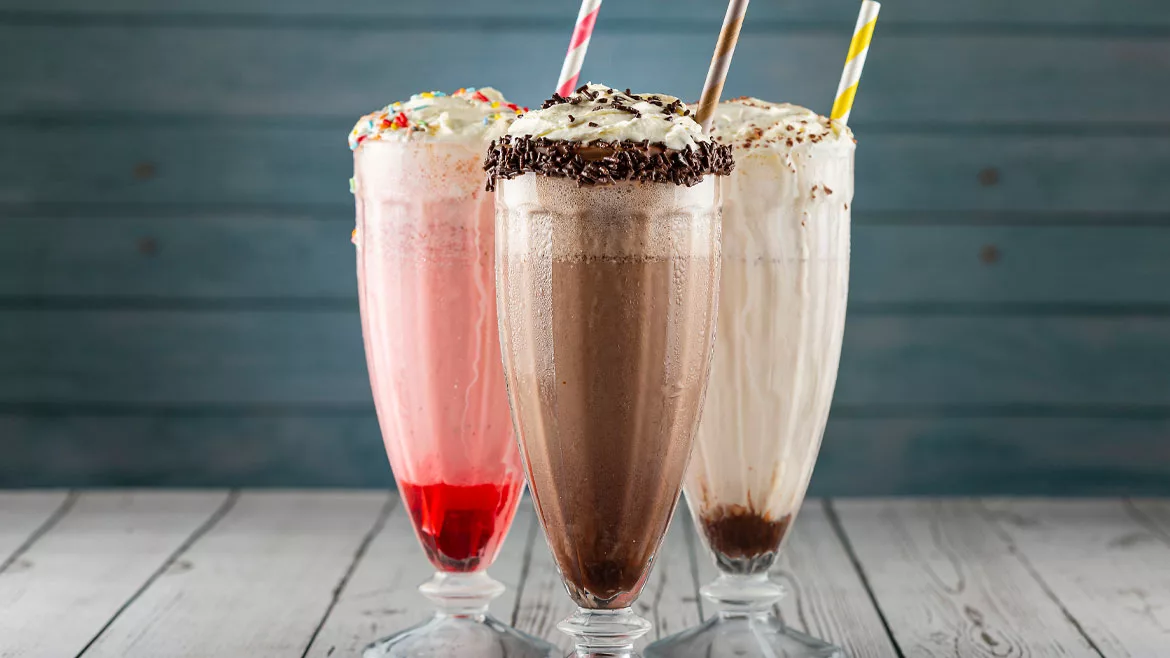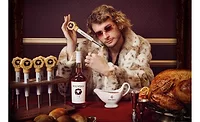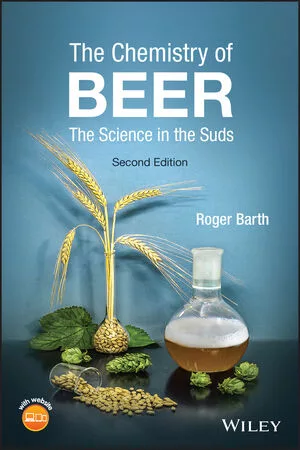Ahead of Our Time
Ahead of Our Time
Sarah Theodore
Editor
Everyone has a favorite
indulgence. For as long as I’ve been with Beverage Industry, the editors here
have turned to M&M candies as our “drug of choice” (no,
they’re not beverages, but we have to eat, too). To ease the guilt,
we often pick those little “fun packs” that are offered around
Halloween, referring to them as “portion-controlled M&Ms.”
We laughed at the name when we came up with it,
but now it seems we were ahead of our time. Portion-controlled treats have
taken off like a rocket during the past year, and the magic number, or
magic calorie count, is 100.
Kraft Foods was the first to hit on the concept, with
small, individually sized packets of Oreos, Cheese Nips and Chips Ahoy. The
company has since launched a whole series of the 100 Calorie Packs, and has
accompanied the products with healthy-living and weight-loss advice on its
Web site. Beverage companies, too, are joining the trend, with new 8-ounce
cans from Coca-Cola touting “100 Calories” on the front of the
can. Coca-Cola has carried those mini-sized cans for several years for less
frequent users. But the addition of the prominent calorie count to the
package extends the brand to weight-conscious consumers who still want
their favorite full-calorie products, but in a more figure-friendly
size.
According to a Mintel International presentation at
the Worldwide Food Expo last month in Chicago, the trend toward mini-sized
indulgent products will be one of the top global industry trends during the
next five years. Not surprisingly, more than half of the trends cited in
the presentation concerned health issues, and one non-health-related trend
was “I want it and I want it now.” These mini indulgent
products seem to cover both bases. They are healthier than super-sized
portions, yet they are convenient, portable and let consumers have what
they want without really giving up anything at all. And a bonus to
manufacturers, they are a value-added proposition, and that helps the
bottom line.
The idea certainly is not rocket science, but it is a
complete turnabout from the mid-90s when beverage companies were making
their package sizes as large as possible. Remember when the 1-liter bottle
was considered the new single-serve size because 20 ounces was no longer
big enough? Of course, there are many zero-calorie diet products on the
market, but in a day when the industry is under so much pressure to create
healthier products and consumers are so unwilling to make sacrifices,
the magic 100 might seem like the right idea for the right time. BI
Sneak Peek
| DECEMBER |
| Wall Street analysis |
| Packaging — Promotional packages |
| Beverage R&D — Fortification update |
| Special report — The best new products of 2005 |
JANUARY |
| Beverage bottler of the year — Pepsi-Cola Bottling of New York |
| Beverage R&D — 2006 R&D survey |
| Category focus — Juices & juice drinks |
| Packaging — Closure technology |







